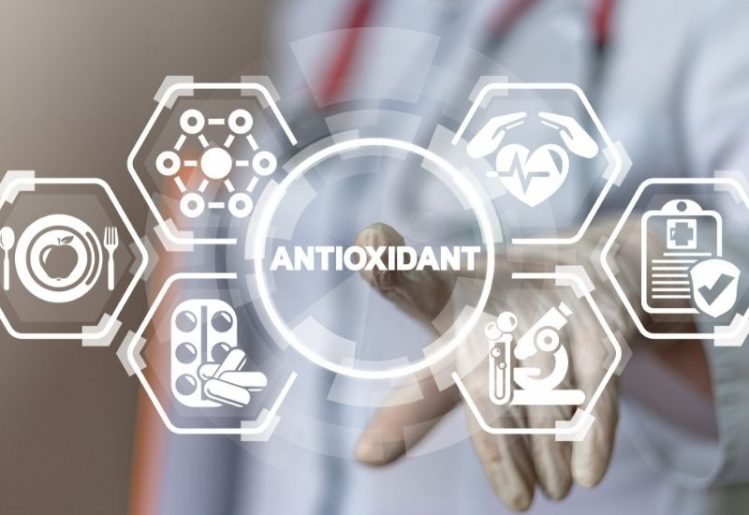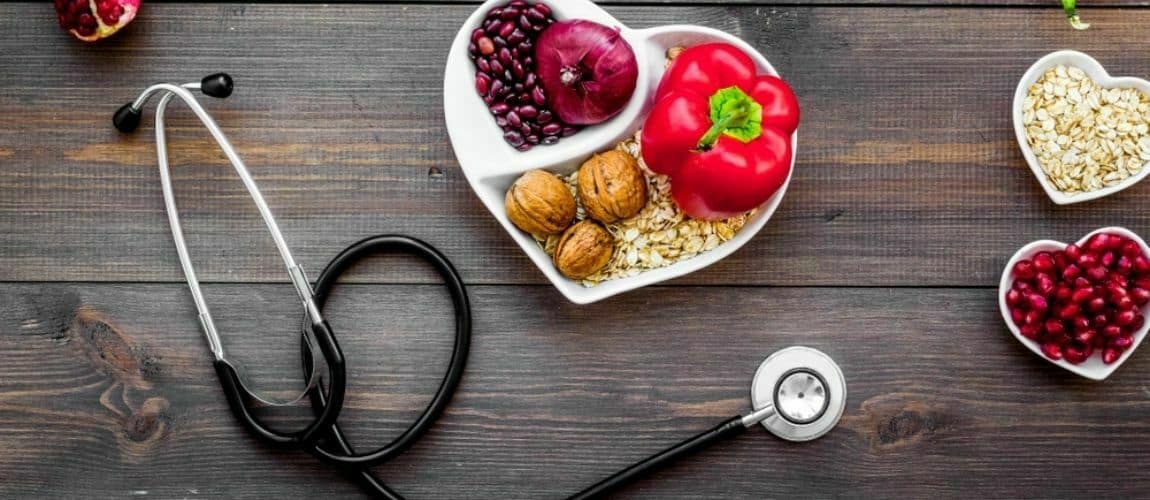A new study out of the U.K. may have pinpointed exactly how flavonoids lower blood pressure. While some of the health benefits of flavonoids have been known for some time, it is only recently that scientists have discovered that these compounds may also play a role in helping to lower blood pressure through the body’s gut. Here is what you need to know about flavonoids, including how you can make them a part of your regular diet so that you enjoy all of these benefits.
Understanding Flavonoids
 Flavonoids encompass a group of different types of compounds that are found naturally in fruits, vegetables and miscellaneous foods such as chocolate, tea and wine. These plant compounds are bursting with a high amount of antioxidants that deliver tremendous health benefits. Being intentional about including flavonoids in your diet is one of the best things that you can do to lower your risk of a myriad of chronic health conditions.
Flavonoids encompass a group of different types of compounds that are found naturally in fruits, vegetables and miscellaneous foods such as chocolate, tea and wine. These plant compounds are bursting with a high amount of antioxidants that deliver tremendous health benefits. Being intentional about including flavonoids in your diet is one of the best things that you can do to lower your risk of a myriad of chronic health conditions.
There are six primary classifications of flavonoids with each type used by your body in different ways.
Flavanols
This type of flavonoid is best known for its powerful antioxidant properties. You will find flavanols in many of the most common produce items, including broccoli, onions, tomatoes, lettuce, peaches and berries. Grapes and red wine are also known for their flavonol content.
Flavan-3-ols
Boost your intake of flavan-3-ols by focusing on eating plenty of berries, apples, purple and red grapes and cocoa. Nearly all types of tea are also a good source of flavan-3-ols.
Flavones
Flavones are distinguished as the pigment present in blue and white flowering plants, As such, you will find flavones in celery, red pepper, peppermint, chamomile and parsley.
Flavanones
Looking to reduce inflammation in your body? You would be wise to boost your intake of flavanones, found in a variety of citrus fruits such as oranges, lemons, limes and grapefruit.
Isoflavones
A regulator of the body’s hormones, isoflavones are found in a wide array of soy products and in some types of legumes.
Anthocyanins
This type of flavonoid is primarily found in the skin of berries and berry products. This includes cranberries, blueberries, strawberries, blackberries and red and purple grapes. You can also enjoy anthocyanins in red wine.
How Flavonoids Lower Blood Pressure
Researchers at Queen’s University Belfast in Northern Ireland, United Kingdom, recently published their data that demonstrates that boosting your intake of flavonoids may have a positive effect on your blood pressure.
The study analyzed the diets of over 900 adults, taking into account their consumption of more than 100 different types of food. The results found that higher consumption of pears, berries, apples and red wine were all positively correlated with a lower systolic reading on blood pressure.
One important finding of the study is that the diversity and make-up of the gut microbiota play a part in how flavonoids are able to lower blood pressure. This was demonstrated when those individuals reporting a higher intake of flavonoids also had a greater diversity of bacteria present in their gut.
Other Health Benefits Provided by Flavonoids
These plant chemicals produce health benefits that go well beyond lowering your blood pressure. Here are a few of the most significant advantages associated with greater consumption of flavonoids.
Preserve Lung Health
The vast anti-inflammatory and anti-oxidizing properties of flavonoids are vital in the preservation of lung function, particularly as you age. Flavonoids also help to ward off obesity, helping the lungs to work at a higher capacity.
Improve Cardiovascular Health
The flavonoids found in soy, tea and coffee may be beneficial in improving your cardiovascular health, helping to lower your risk of heart attack and stroke.
Reduce Risk of Type 2 Diabetes
A diet high in these compounds may also be helpful in lowering the risk of developing type 2 diabetes as you age.
Mitigate Cancer Risk
Studies have shown that some classes of flavonoids may stop cancer from taking root in the body while also possibly treating existing cancer cells.
How to Boost Your Intake of Flavonoids
 There are a number of ways that you can increase your intake of this important group of phytonutrients. The good news is that many of these compounds are in foods that people enjoy eating. This includes berries, tea, cocoa, chocolate products and red wine. You can also ensure that you are getting plentiful flavonoids into your diet by taking a targeted supplement.
There are a number of ways that you can increase your intake of this important group of phytonutrients. The good news is that many of these compounds are in foods that people enjoy eating. This includes berries, tea, cocoa, chocolate products and red wine. You can also ensure that you are getting plentiful flavonoids into your diet by taking a targeted supplement.
A steady intake of flavonoids is instrumental in helping the body to regulate cellular activity. This will help to mitigate the damage of dangerous free radicals so that your body is better protected against toxins and stressors.


